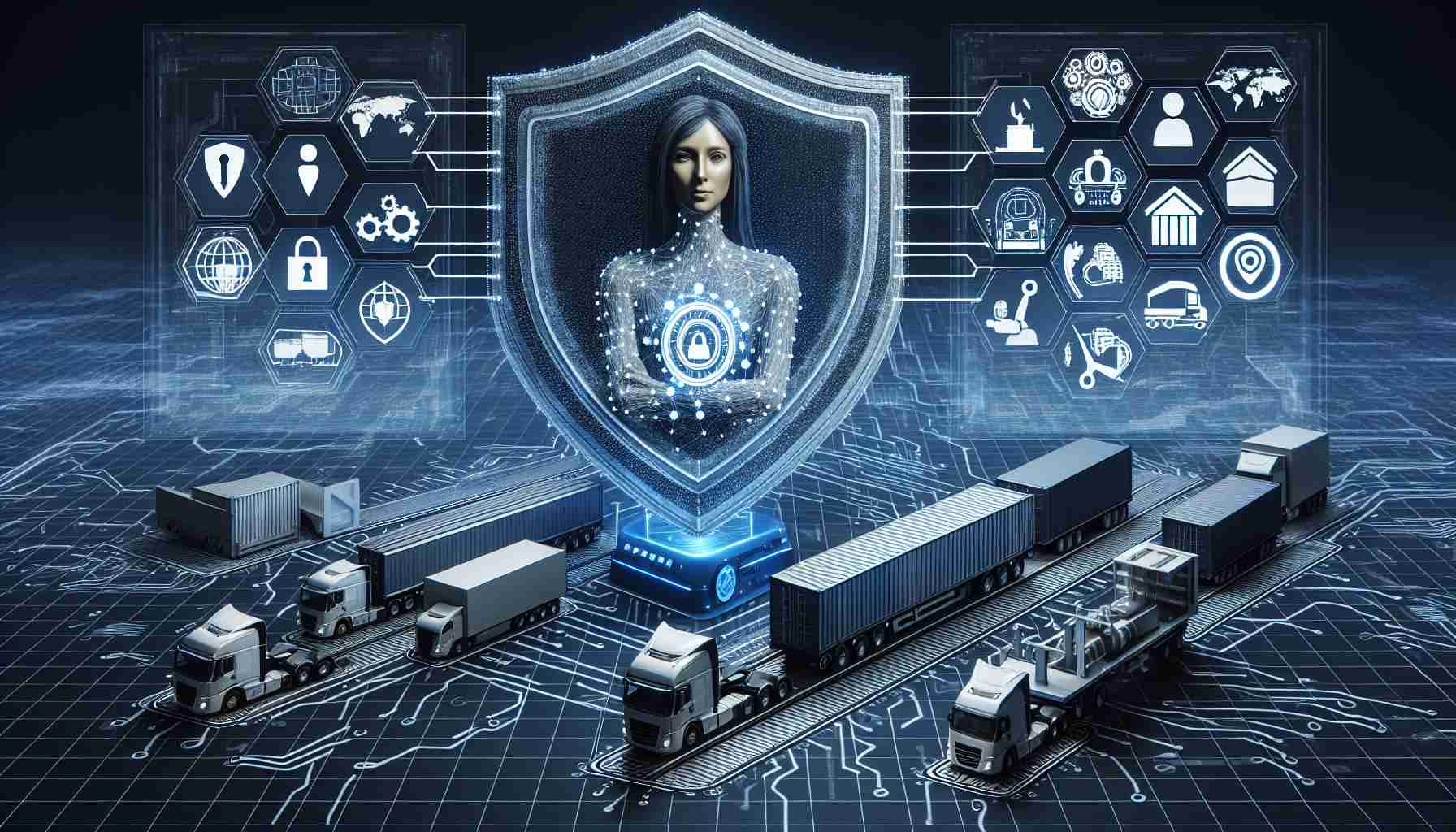Supply chain protection is essential for the security and stability of organizations. Chief Information Security Officers (CISOs) play a critical role in implementing measures to safeguard supply chains and enhance overall visibility. Let’s explore the key tasks that CISOs should prioritize to protect their organizations’ supply chains, and how they can do so effectively.
1. Comprehensive Understanding of Technology Components
CISOs must have a thorough understanding of the various technology components present within their organizations’ environments. This includes everything from data centers to employee devices and security systems. It becomes increasingly challenging for larger companies as they need to account for legacy technology and acquired assets.
Every component within the technology infrastructure has its own supply chain, involving both hardware and software. CISOs must diligently identify and monitor these supply chains, paying special attention to closed-source software that may contain hidden open-source components.
The identification process requires continuous effort, especially when new technology is introduced or during mergers and acquisitions. Having complete visibility of the technology stack enables organizations to quickly identify potential vulnerabilities and take immediate action to mitigate risks.
2. Collaboration Between Security and Development Teams
While software supply chain security is crucial, it is equally important to foster collaboration between security and development teams. CISOs recommend involving security teams early in the development lifecycle to address security concerns from the beginning. This approach minimizes delays and promotes a harmonious relationship between teams.
By working together, security and development teams can ensure that security is taken into account throughout the development process. This collaboration helps identify and mitigate vulnerabilities in the supply chain, strengthening the overall security of the organization.
3. Adaptation to Cybersecurity Regulations and Standards
Organizations are constantly navigating new cybersecurity regulations and standards. CISOs must adapt their supply chain security strategies accordingly. This requires collaboration among executives, development, security, and legal teams. Prioritizing supply chain security and developing a tailored strategy is key to successfully meeting these challenges.
By staying informed about the latest regulations and standards, CISOs can proactively incorporate necessary changes into their organizations’ supply chain security plans. This adaptability ensures compliance and helps protect the organization from potential fines or penalties.
4. Ensuring Security Without Compromising Deployment Speed
CISOs have the crucial task of ensuring that the speed of deploying digital services does not compromise the security of the supply chain. This involves conducting audits of open-source libraries and maintaining a manifest of third-party components. By promptly addressing any vulnerabilities that may arise, CISOs can strike a balance between deployment speed and security.
Regular audits of open-source libraries help identify and patch vulnerabilities before they can be exploited by attackers. Maintaining a comprehensive manifest of third-party components enables quick response and ensures that the supply chain remains secure.
5. Integration of AI and Machine Learning
The emergence of artificial intelligence (AI) and machine learning (ML) introduces both opportunities and challenges for supply chain security. While these technologies can assist in vulnerability research, their full impact is yet to be determined. CISOs must plan and integrate AI/ML into their organizations’ development lifecycles to effectively leverage these tools.
By understanding the potential of AI and ML in supply chain security, CISOs can stay ahead of emerging threats. They can leverage these technologies to automate vulnerability detection and response, enhancing the overall security and resilience of the supply chain.
In conclusion, CISOs have a critical role in protecting organizations’ supply chains and enhancing overall visibility. By prioritizing tasks such as comprehensive identification of technology components, fostering collaboration between teams, adapting strategies to regulations, and staying ahead of emerging technologies, they can effectively safeguard organizations from potential threats and vulnerabilities.
FAQs
The source of the article is from the blog regiozottegem.be
